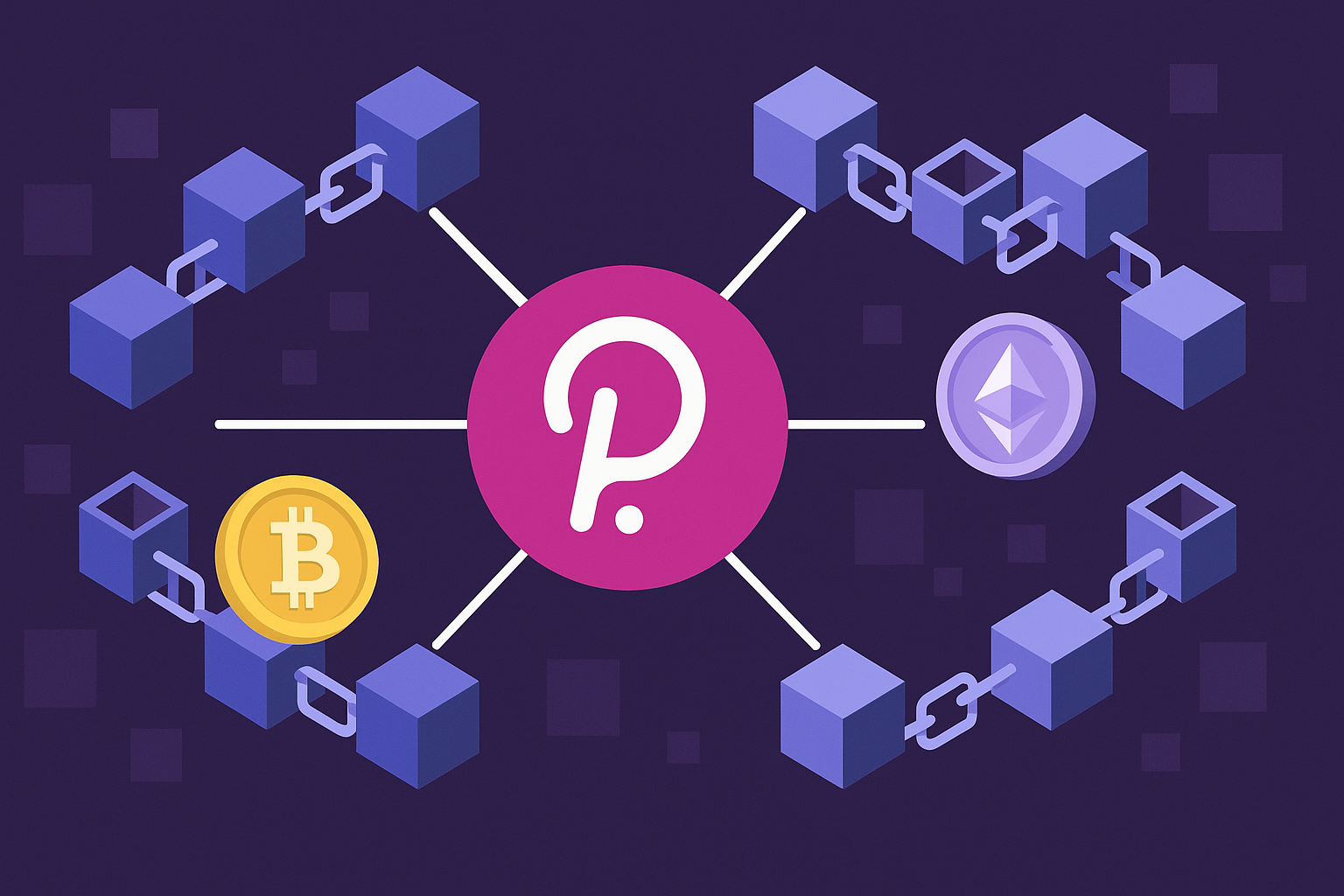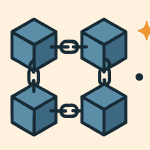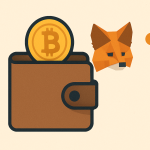Polkadot is a blockchain project that helps other blockchains work together. It was created to fix a big problem in crypto: blockchains can’t easily talk to each other.
If you’re new to crypto, don’t worry — this guide explains what Polkadot is, how it works, and why it’s important, using clear and simple language.
Contents
Why Was Polkadot Created?
Today, many blockchains (like Ethereum, Solana, and Bitcoin) work on their own. Each one has its own network, rules, and tokens.
This creates problems:
-
Blockchains can’t share data easily.
-
Projects are stuck on one chain.
-
Users must move assets across chains using complicated tools.
Polkadot was created to solve this. It helps different blockchains connect and work together, like the internet connects different websites.
What Is Polkadot?
Polkadot is a blockchain platform that lets many different blockchains run and communicate on one network. It was created by Gavin Wood, one of the co-founders of Ethereum.
Its goal is to build a more connected, scalable, and secure blockchain ecosystem.
The network has a native token called DOT, which is used for:
-
Governance (voting on decisions)
-
Staking (earning rewards by securing the network)
-
Bonding (connecting new blockchains to the network)
How Does Polkadot Work?
Polkadot has a unique structure with several key parts:
1. Relay Chain
This is the main chain of Polkadot. It handles security, consensus (agreement), and communication between all other chains.
2. Parachains
These are the individual blockchains that connect to the relay chain. Each parachain can have its own design and features but still works with the rest of the Polkadot network.
Parachains can:
-
Run DeFi projects
-
Host NFTs
-
Handle gaming platforms
-
Offer privacy solutions
3. Bridges
These allow Polkadot to connect with other networks like Ethereum or Bitcoin.
Together, these parts create a strong, flexible system for the future of Web3.
What Makes Polkadot Special?
✅ Interoperability – Blockchains on Polkadot can share data and assets.
✅ Scalability – Many parachains can run at once, speeding up the network.
✅ Customizability – Developers can build their own chains for specific purposes.
✅ Security – All parachains share the security of the main relay chain.
✅ Energy Efficient – Polkadot uses a proof-of-stake system, which uses less power than Bitcoin’s proof-of-work.
What Is DOT?
DOT is the native cryptocurrency of Polkadot. It has three main uses:
-
Governance – DOT holders can vote on updates and changes to the network.
-
Staking – You can lock up (stake) DOT to help secure the network and earn rewards.
-
Bonding – DOT is used to connect new parachains to the Polkadot network.
You can buy DOT on most major exchanges like Binance, Coinbase, or Kraken.
Use Cases of Polkadot
Polkadot is already being used by many real-world projects. Examples include:
-
Moonbeam – A parachain that lets developers run Ethereum apps on Polkadot.
-
Acala – A DeFi platform for stablecoins and lending.
-
Phala Network – A privacy-focused cloud computing project.
-
Astar – Supports smart contracts and dApps on multiple blockchains.
These projects show how Polkadot supports different types of blockchain apps.
How to Get Started with Polkadot
-
Get a DOT wallet – You can use wallets like Polkadot.js, Fearless Wallet, or Ledger for hardware security.
-
Buy DOT – Use a trusted exchange like Binance or Kraken.
-
Stake your DOT – Earn rewards by helping secure the network.
-
Explore the ecosystem – Visit parachain projects and learn more about how they work.
Final Thoughts
Polkadot is a powerful project that solves one of crypto’s biggest problems: isolation between blockchains. With its unique structure and focus on connection, Polkadot could help shape the future of Web3.
Whether you’re a developer, investor, or just curious, learning about Polkadot is a smart step toward understanding where blockchain is headed.




